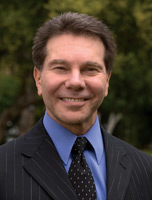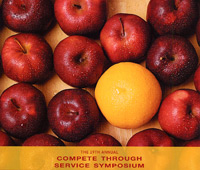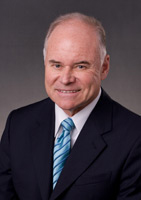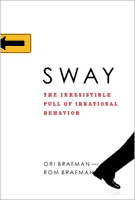
Podcast: Persuading nervous customers to buy
With the economy continuing to falter, consumer product and service companies are looking for every edge to bring in business. Robert Cialdini, a professor of marketing at the W. P. Carey School and author of "Yes: 50 Scientifically-Proven Ways to be Persuasive," talks about the psychological tendencies that determine whether you or your company can persuade a customer to buy your product. In uncertain times, people want to know what the experts say, and what other people like them are doing.




